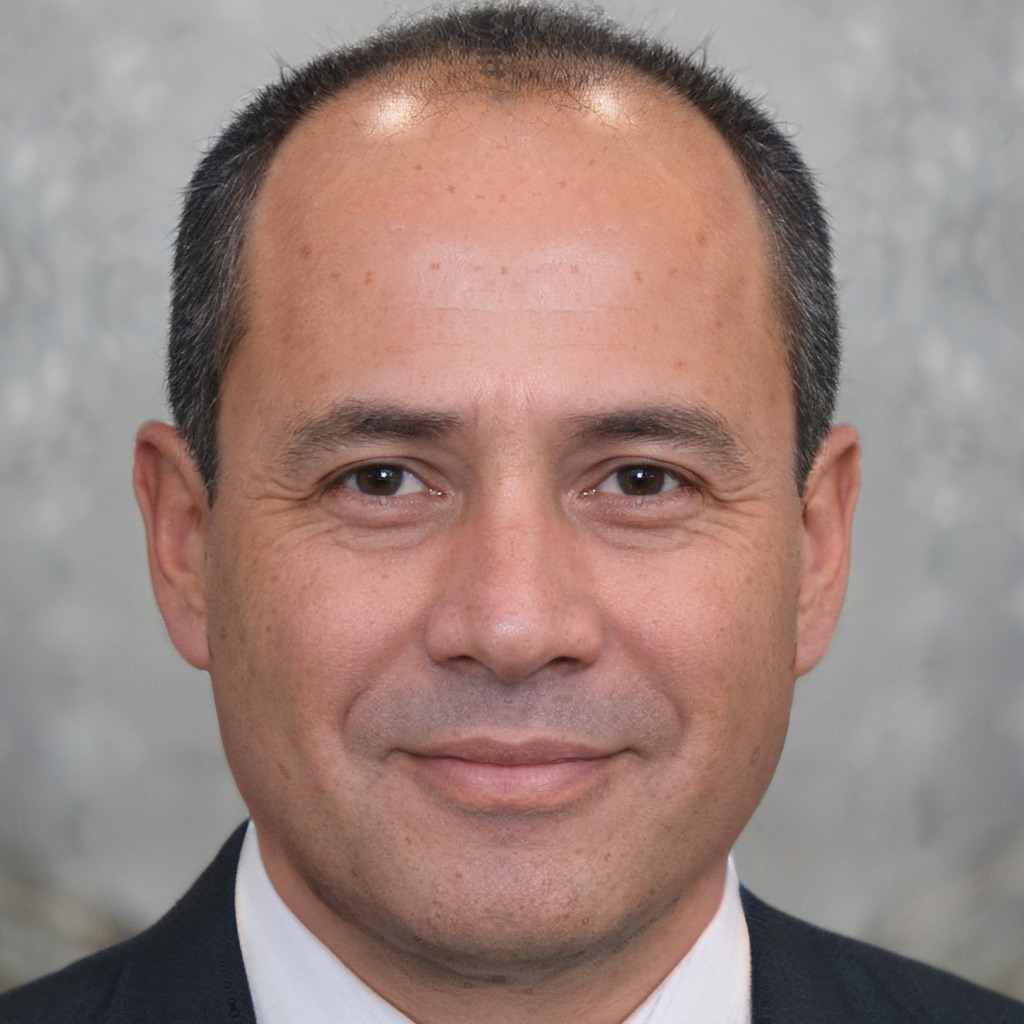What is Understanding Personal Injury Protection (PIP) Insurance?
Definition of PIP Insurance
When I think about Personal Injury Protection (PIP) insurance, I see it as a safety net for drivers. PIP is a type of car insurance that helps cover medical costs if I get hurt in a car accident, regardless of who is at fault. This means that even if I’m the one who caused the accident, my PIP will still help pay for my medical bills. It’s like having a friend who always has my back, ready to help when things go wrong.
How PIP Differs from Other Insurance Types
PIP is different from other types of insurance, like liability insurance. While liability insurance pays for the other person’s damages if I cause an accident, PIP focuses on me and my injuries. Here’s a quick comparison:
| Insurance Type | Covers My Injuries | Covers Other Party’s Damages |
|---|---|---|
| PIP | Yes | No |
| Liability | No | Yes |
| Collision | Yes (for my car) | No |
So, PIP is all about looking out for my health and well-being after an accident.
Key Features of PIP Insurance
PIP insurance comes with some important features that I find useful:
- Medical Expenses: PIP pays for my medical bills, including hospital visits and surgeries.
- Lost Wages: If I can’t work because of my injuries, PIP helps cover my lost income.
- Funeral Costs: In the unfortunate event of a death, PIP can help with funeral expenses.
- Household Services: If I can’t do everyday tasks, PIP might cover someone to help me out.
These features make PIP a valuable part of my car insurance. It’s comforting to know that I have this coverage in place, just in case I need it.
Personal Injury Protection Benefits Explained
Coverage for Medical Expenses
When I think about car accidents, my mind often jumps to the medical bills that can pile up quickly. That’s where Personal Injury Protection (PIP) comes into play. PIP is like a safety net for me and my passengers. It covers medical expenses that arise from an accident, no matter who’s at fault.
For example, if I’m in an accident and need to visit the ER, PIP can help pay for my hospital stay, doctor visits, surgery, and even rehabilitation. I’ve heard stories of friends who faced huge bills after accidents, but thanks to their PIP coverage, they didn’t have to worry about how to pay for it.
Compensation for Lost Wages
Now, let’s talk about something that hits home for many of us: lost wages. If I’m injured and can’t work, PIP can step in to help replace some of that lost income. It’s like having a financial cushion when life throws me a curveball.
Imagine I’m out of work for weeks because of an accident. PIP can cover a portion of my wages, which means I can focus on getting better instead of stressing about bills piling up. Here’s a simple breakdown of how it works:
| PIP Coverage | What It Covers |
|---|---|
| Medical Expenses | Doctor visits, surgeries, rehab |
| Lost Wages | A percentage of my income |
How PIP Helps with Rehabilitation Costs
Rehabilitation can be a long road, and I know it’s not just about physical healing. PIP plays a crucial role here, too. If I need physical therapy or counseling after an accident, PIP can help cover those costs as well.
I remember a friend who had to go through extensive therapy after a crash. Thanks to their PIP, they could focus on getting back on their feet without the added stress of how to pay for it. It’s comforting to know that PIP is there for me in tough times.
Understanding Personal Injury Protection (PIP) Coverage Limits
Common Coverage Limits in PIP Policies
When I think about Personal Injury Protection (PIP), I realize it’s like a safety net for drivers. It helps cover medical expenses if I get hurt in a car accident. Most PIP policies have some standard coverage limits. Here are a few common ones:
| Coverage Type | Typical Limit |
|---|---|
| Medical Expenses | $10,000 – $50,000 |
| Lost Wages | $200 – $1,000 per month |
| Funeral Expenses | Up to $10,000 |
| Rehabilitation Costs | $5,000 – $25,000 |
These numbers can vary by state and insurance company, but they provide a good starting point to understand what to expect.
How to Choose the Right Coverage Amount
Choosing the right PIP coverage can feel like picking the right pair of shoes. I want them to fit well and support me when I need them. Here’s how I approach it:
- Assess My Needs: I think about my health, my job, and how much I can afford to pay out of pocket.
- Consider My Lifestyle: If I drive a lot or have a long commute, I might want higher coverage.
- Look at My Budget: I need to find a balance between what I can spend and what I might need in an emergency.
Factors Affecting Your PIP Coverage Limit
Several factors can influence how much PIP coverage I should consider. Here are some key points:
- State Laws: Some states require higher PIP limits than others.
- My Health Insurance: If I already have strong health coverage, I might not need as much PIP.
- Driving Habits: If I’m on the road frequently, it’s smart to have more coverage.
- Family Needs: If I have kids or dependents, I want to make sure they’re protected too.
Thinking through these factors helps me feel more confident in my choice.
Navigating No-Fault Insurance Claims
What Does No-Fault Mean?
When I think about no-fault insurance, I picture a system that takes the stress out of car accidents. Basically, it means that if I get into an accident, my own insurance pays for my medical bills and damages, regardless of who caused the accident. This can be a real lifesaver because it allows me to focus on recovery rather than pointing fingers.
Steps to File a No-Fault Claim
Filing a no-fault claim can feel like a puzzle, but I’ve learned a few steps that make it easier. Here’s what I usually do:
- Gather Information: Right after the accident, I collect details like the date, time, location, and the other driver’s insurance info.
- Notify My Insurance: I call my insurance company as soon as possible. They’re usually pretty helpful in guiding me through the process.
- Fill Out the Claim Form: I make sure to complete the claim form accurately. This is crucial because any mistakes can delay the process.
- Submit Medical Bills: I keep all my medical bills and submit them to my insurance. They’ll cover most of my costs if I have Personal Injury Protection (PIP).
- Follow Up: After I submit everything, I check in with my insurance company to ensure my claim is being processed.
Common Mistakes to Avoid in Claims
I’ve seen a few mistakes that can trip people up when filing no-fault claims. Here are the ones I try to avoid:
- Delaying the Claim: Waiting too long can cause problems. I try to file my claim as soon as I can.
- Not Keeping Records: I always keep copies of everything—bills, forms, and any correspondence. This helps if there are questions later.
- Underestimating Medical Costs: Sometimes, I think I know how much my treatment will cost, but it can add up. I make sure to keep track of all expenses.
| Common Mistakes | How to Avoid Them |
|---|---|
| Delaying the Claim | File as soon as possible |
| Not Keeping Records | Keep copies of everything |
| Underestimating Costs | Track all expenses carefully |
Medical Bill Reimbursement Through PIP
How PIP Covers Accident Medical Expenses
When I think about car accidents, the last thing on my mind is the medical bills that might pile up. But that’s where Personal Injury Protection (PIP) comes in. PIP is like a safety net; it helps cover my medical expenses if I’m injured in a car accident. This means I don’t have to worry as much about how to pay for hospital visits, doctor appointments, or even some rehabilitation services.
PIP usually covers expenses such as:
- Hospital stays
- Doctor visits
- Surgery costs
- Physical therapy
- Prescription medications
It’s comforting to know that this protection is there, especially when life throws a curveball.
The Process of Getting Reimbursed
Now, let’s talk about how I can actually get my medical bills reimbursed through PIP. First, I need to make sure I report the accident to my insurance company as soon as possible. This is crucial because they need to know what happened to process my claim.
After that, I gather all my medical bills and documents. Here’s a simple step-by-step breakdown of the process:
- Report the accident to my insurance company.
- Collect all medical bills and related documents.
- Submit a claim to my insurance provider.
- Wait for approval and reimbursement.
It may sound like a lot, but once I get the hang of it, it feels more manageable.
Important Documents for Medical Reimbursement
To make sure everything goes smoothly, there are a few important documents I need to have ready for my PIP claim. Here’s a handy table to keep track of what I need:
| Document | Description |
|---|---|
| Accident Report | A police report or statement detailing the accident. |
| Medical Bills | All bills related to my treatment after the accident. |
| Medical Records | Documentation from my healthcare providers. |
| Claim Form | A form from my insurance company that I need to fill out. |
Having these documents organized helps speed up the process. I want to avoid any hiccups that might delay my reimbursement.
Understanding the Insurance Policy Details of PIP
Reading Your PIP Policy Effectively
When I first got my Personal Injury Protection (PIP) policy, I thought it would be a breeze to read. But let me tell you, it was a bit like trying to read a foreign language! The key is to take it slow and break it down. I like to grab a highlighter and mark important sections. This way, I can easily find the details I need later.
Here are a few tips I found helpful:
- Look for coverage limits: This tells you how much the insurance will pay for medical bills.
- Check the exclusions: These are the things that won’t be covered. Knowing these can save you a headache later.
- Understand the claims process: This will guide you on how to file a claim if you need to.
What to Look for in Your PIP Coverage
When I review my PIP coverage, I focus on a few essential areas. It’s like checking a shopping list before heading to the store. Here’s what I keep an eye on:
| Coverage Type | What It Means |
|---|---|
| Medical Expenses | Covers my medical bills after an accident. |
| Lost Wages | Helps if I can’t work due to injuries. |
| Funeral Expenses | Provides support for funeral costs if needed. |
Knowing these details helps me feel more prepared. I want to make sure I have enough coverage for my needs.
Tips for Reviewing Your Auto Injury Claims
Reviewing my auto injury claims is crucial. It’s like going through a treasure map to find hidden gems! Here are some tips I swear by:
- Keep all documents: I always save receipts and bills related to my injuries. They are my proof.
- Stay organized: I use a folder to keep everything in one place. It makes finding things easier.
- Follow up regularly: I check in with my insurance company to know the status of my claim. It keeps things moving along.
By following these tips, I feel more in control of my claims process. It’s all about being proactive and staying informed.

My name is Henrique, I’m 47 years old, and I’ve been working in insurance since I was 23. I’ve spent over two decades helping people protect their most valuable assets—and today, with my full focus on the world of cars, I continue with the same mission: ensuring your safety on life’s roads.
Over the years, I’ve come to understand that car insurance is much more than a legal requirement. It represents freedom, peace of mind, and responsibility. Whether you’re an experienced driver or just getting your license, my job is to translate the technical details into clear, informed decisions.

